The ancient collection of the Rothschilds, improved by technology and open to the public
The retiring banker Jacob, 4th Baron Rothschild, on continuing his family’s tradition of artistic innovation.
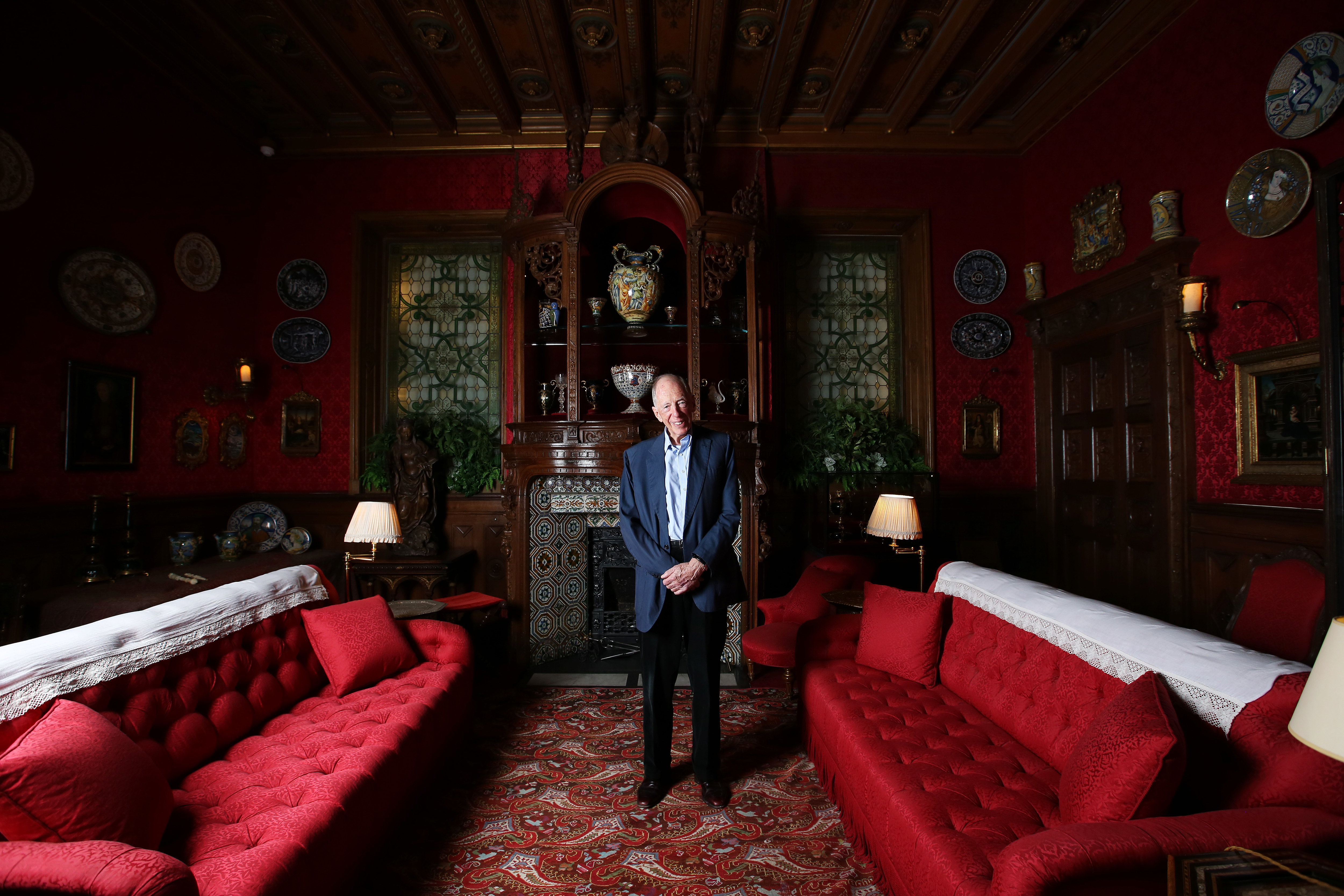
This month, aged 83, Jacob Rothschild stands down from his position as chairman of RIT Capital Partners, the investment trust he founded in 1961. A visit to Waddesdon Manor, the Rothschild palace outside Aylesbury in Buckinghamshire, however, suggests that he will have plenty to fill his retirement.
Banking is not the only family trait: the Rothschilds are famous collectors (as well as racehorse owners and wine growers). Lord Rothschild, who bought the art dealers Colnaghi in 1970 and transformed the National Gallery during his 1985–91 chairmanship, claims not to be such an active buyer as he used to be, yet some things are simply too good, or too appropriate, to miss. His latest acquisition, made through the Rothschild Foundation, is a complete set of the 60 etchings by Madame de Pompadour; she had been taught by Boucher. ‘She is a Rothschild obsession.’
'How can other Trust houses compete?'
Baron Ferdinand, who built Waddesdon in 1874–85, bought superb 18th-century French furniture and owned no fewer than 11 paintings by Reynolds, but his collection was relatively light in 18th-century French paintings. Lord Rothschild saw this as a gap to be filled – hence his purchase of Chardin’s Boy Building a House of Cards. In 2005, there was no alternative but to buy the Dutch artist Van der Helst’s mid-17th-century Boy with a Silver Cup. The boy holds up a silver Auricular cup by Christian van Vianen; that very cup sits beneath the portrait in the Waddesdon Smoking Room, having been acquired sometime before 1922.
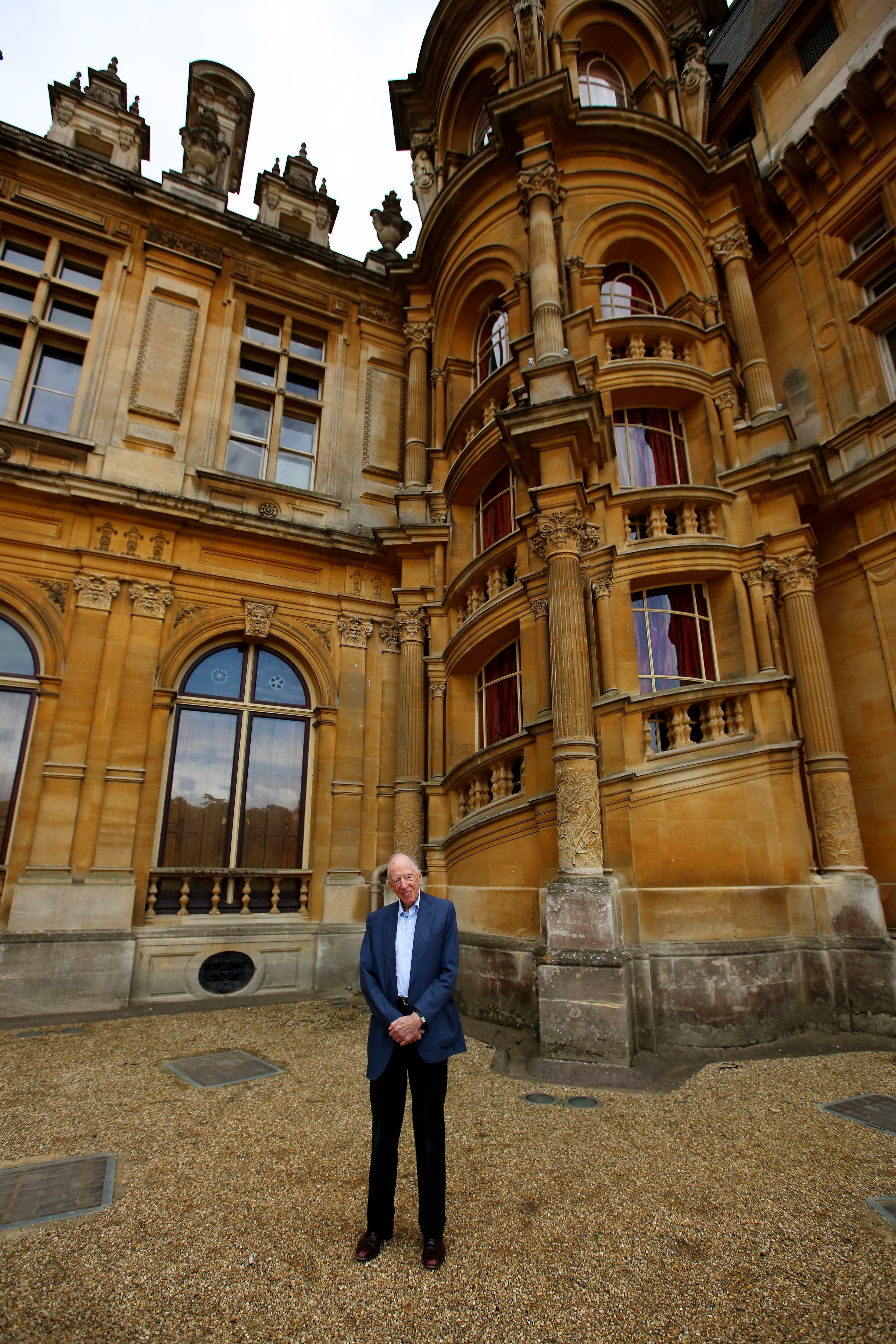
Waddesdon is owned by the National Trust, but is leased back by the Rothschild Foundation. Lord Rothschild never uses the house domestically: his own country house is nearby. Nonetheless, his involvement ensures that this astonishing property vies with Chatsworth, Hatfield and other top privately owned houses in combining innovation with out-and-out quality – how can other Trust houses compete?
The most recent manifestation of the Rothschild approach is the Treasury. Once a maid’s room, it is now a Wunderkammer with a gold ceiling, designed by Charles Marsden-Smedley, Peter Inskip and David Mlinaric. ‘Part of the idea is to get people to come up. We have a wonderful collection of prints and drawings next door.’
Baron Ferdinand left his Wunderkammer to the British Museum. The Treasury makes good this loss with an extraordinary haul of the sumptuous, the amazing and the weird – small in scale but often great in value. ‘Rothschilds have always liked buying extravagant things.’
A group of Baroque pearls, made into curious animals, belonged to Baron Anselm, Ferdinand’s father, who lived in Vienna. The present Lord Rothschild’s taste for such princely oddities was heightened at Christchurch, Oxford, where he was taught by Hugh Trevor-Roper, an expert on the patronage of the 16th- and 17th-century Hapsburg courts. Ferdinand’s sister, Alice, who inherited Waddesdon on his death in 1898, collected Limoges enamel mirror backs; she displayed them, curiously, amid the arms and armour she also bought.
Exquisite houses, the beauty of Nature, and how to get the most from your life, straight to your inbox.
As well founding Jewish settlements in Palestine, the French Baron Edmond – ‘the greatest Rothschild collector’ – financed archaeological digs; among the finds were pieces of Roman glass now in the Treasury. Lord Rothschild continues the association with what is now Israel: a model downstairs shows the National Library the Rothschild Foundation has funded – ‘something I’ve been working on for 20 years’. Designed by Herzog & de Meuron architects, the building will form part of a triumvirate with the Supreme Court and the Knesset, also Rothschild projects.

Edmond’s son James came to England in the wake of the Dreyfus Affair, where he met and fell in love with a young English-woman, Dorothy Pinto. They married in 1913, and it was James who would leave Waddesdon to the Trust in 1957. ‘James preferred racehorses to art, but he did collect Roman coins, starting as a boy.’ On display is the mahogany case he had made for them.
Lord Rothschild’s father, Victor, the 3rd Baron, was a biologist and zoologist by training. He it was who discovered the true character of a ‘very beautiful 1720s gold cup. Somebody in the 19th century had put enamel rings on it to make it more beguiling to contemporary taste. My father saw on the bottom how much it was meant to weigh – he found there was a three-ounce difference’.
One of Lord Rothschild’s own favourite pieces is a table centre-piece in the form of a temple by Luigi Valadier, made in the 1780s from marble, lapis lazuli, crystal, mother of pearl and ormolu; inside, the nine muses are dancing. ‘When I withdrew from Colnaghi’s, I was paid out in stock.’
Interpreting the Treasury to the public is a challenge, as there are at least 300 objects. Here, however, we have a connoisseur who does not shut out the 21st century, but is eager to embrace the latest technology. Download an app and smart-phone users will be able to point their device at any object and obtain a detailed catalogue entry. Lord Rothschild dreams of the time, not far off, when ‘through augmented reality, you’ll be able to put on spectacles and see all the way around these pieces’. There are handlists for the less technologically minded.
The possibilities offered by 3D printing have already been demonstrated here, in the copy of paintings by Boucher of de Pompadour by the Factum Foundation.
At his villa on Corfu, Lord Rothschild has recently spent six months fulfilling the wish of his stepfather, the artist Nikos Hadjikyriakos-Ghikas, who died in 1994. ‘He had two maquettes of Odysseus and Nausicaa; he wanted them to be turned into statues and set on a promontory. I had them 3D printed – they’re 11ft high and rendered in bronze. It’s amazing what you can do.’
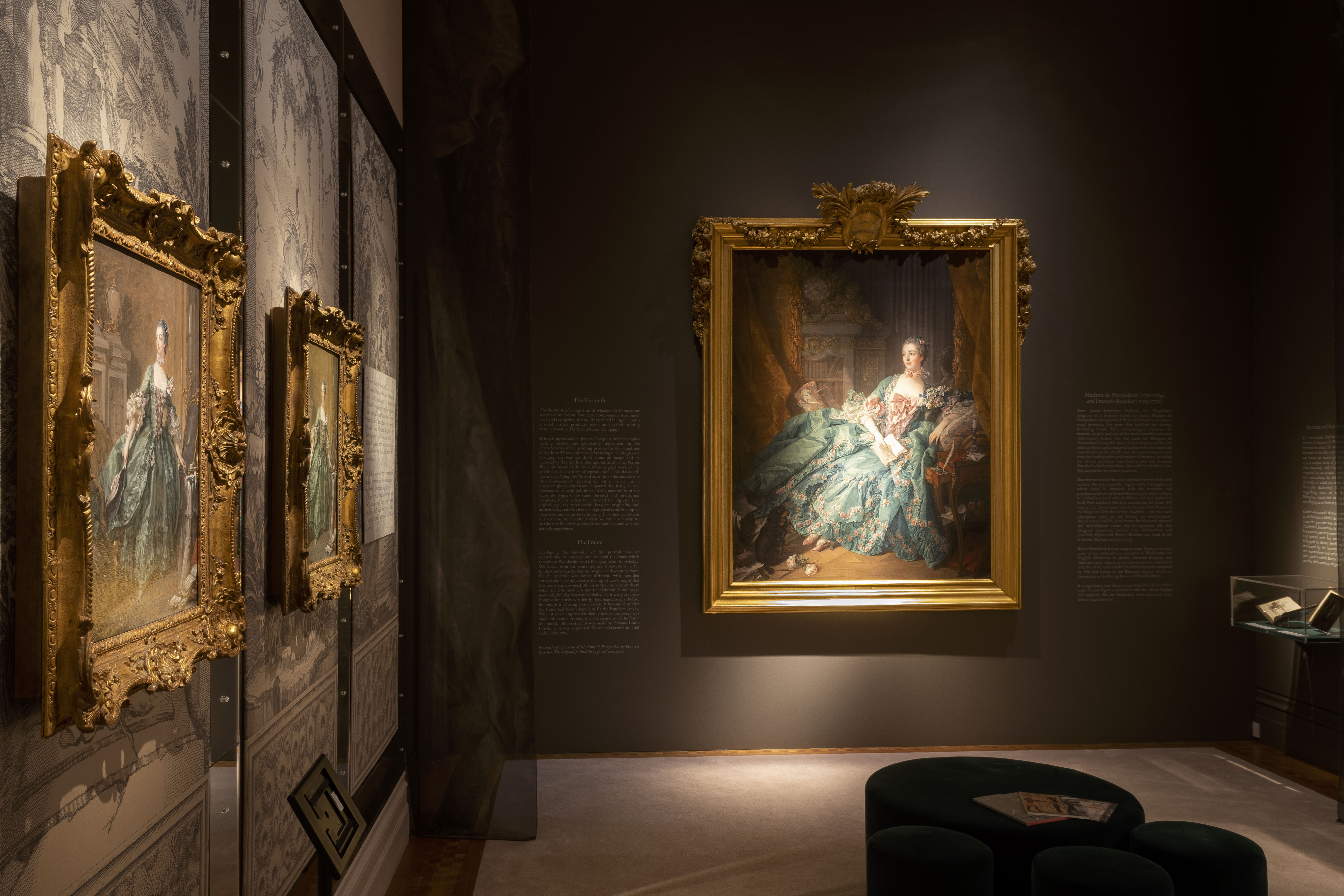
In Focus: how technology can transform old art, producing replicas not to deceive, but to stimulate artistic thinking
Modern digital technology is transforming our understanding of the context and meaning of historic works of art. Emma Crichton-Miller investigates.
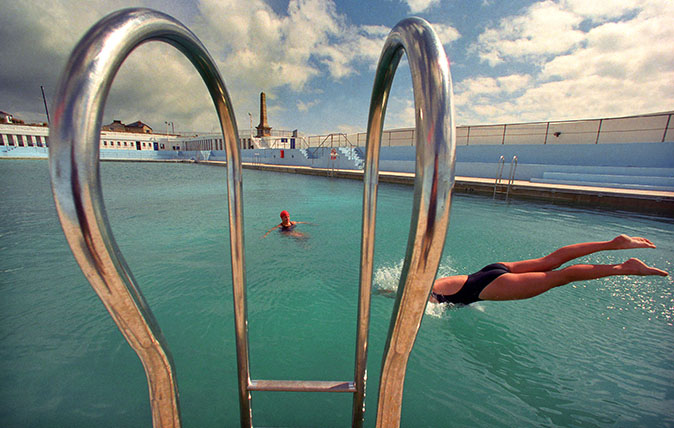
The original Art Deco lido that'll soon be as warm as a bathtub, thanks to Icelandic-style geothermal energy
An Art Deco lido in Penzance will soon boast bath-temperature waters thanks to new technology that uses heat tapped from
-
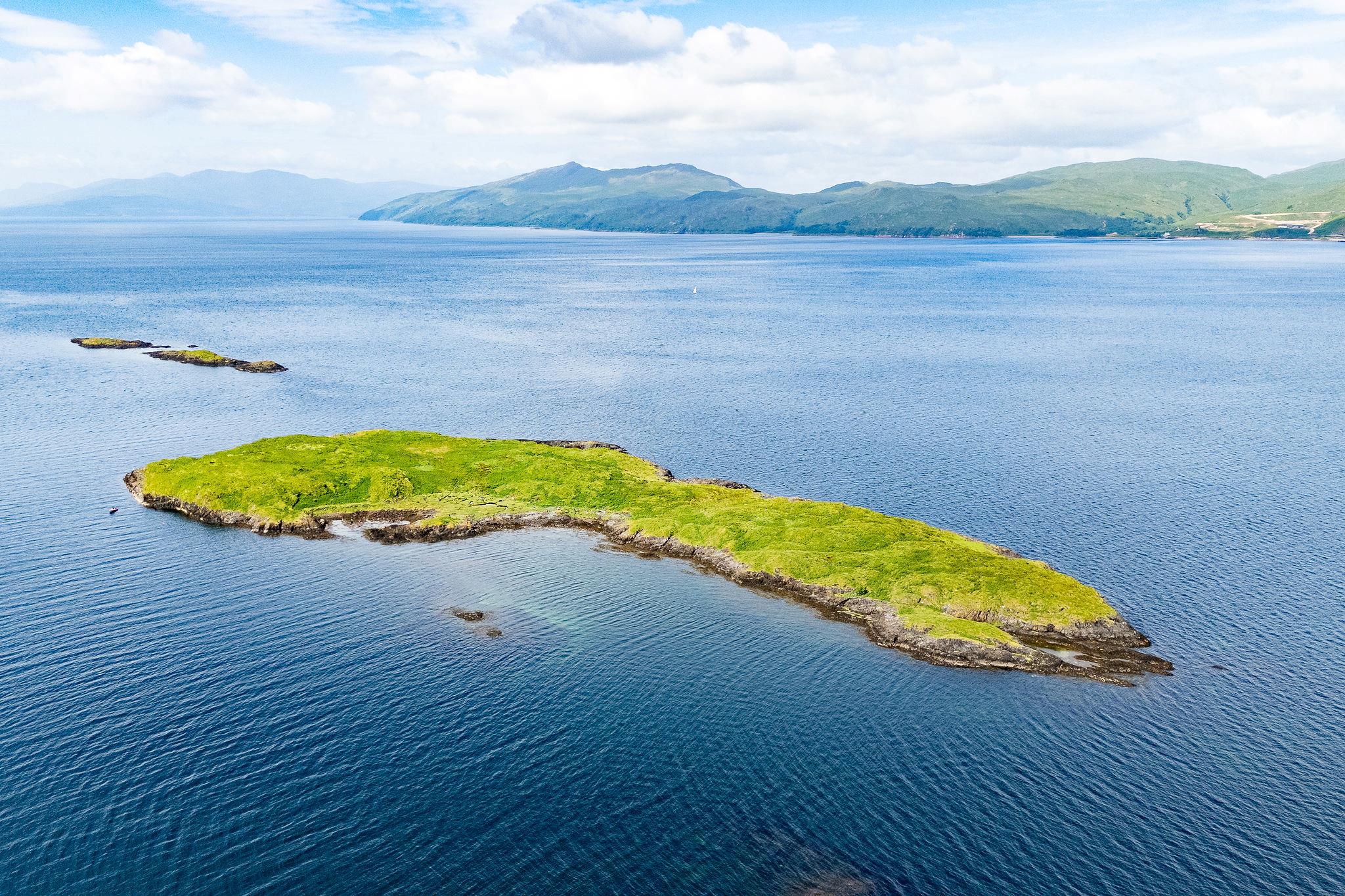 Embrace off-grid living on this Scottish island for sale, but you'll have to share it with the local seal population
Embrace off-grid living on this Scottish island for sale, but you'll have to share it with the local seal populationA dot on the map of the west coast of Scotland has come up for sale.
-
 Are you a 'frag head'? Country Life Quiz of the Day, June 30, 2025
Are you a 'frag head'? Country Life Quiz of the Day, June 30, 2025Well, ARE you? And how well do you know Leonardo DiCaprio's 2002 work? It's time to find out.